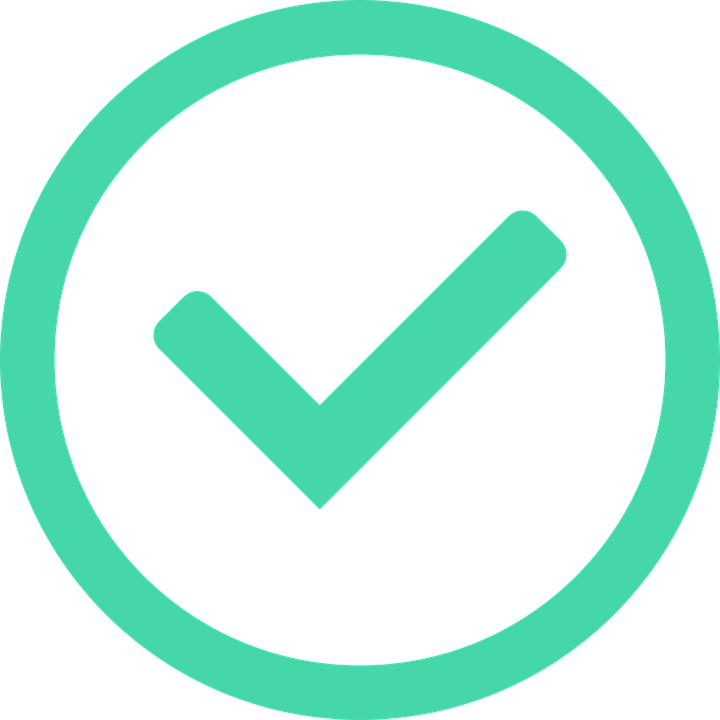Use Pre-reading Strategies

When you’re ready to settle in with a text, it’s a good idea to begin with “pre-reading.” With pre-reading, you’ll turn into a temporary sleuth, examining the text for visual clues as to its meaning. Here’s how it’s done:
Start by Reading and Considering the Title
A good title will inform you about the text’s content. It’s always nice if titles are also interesting, catchy, or even clever, but the most important job of a title is to let the reader know what’s coming and what the text will be about.
For instance, imagine you’re reading a magazine article entitled “Three Hundred Sixty-five Properly Poofy Days.”*
Reading that, do you have any idea what this article is going to be about?
- It could be written by a meteorologist, reporting on a year of observing cloud formations.
- It might be a biopic (a biographical story) about an eccentric salon that specializes in“big hair” dos, retro-style.
- Or perhaps it’s a set of guidelines for using poofy cotton balls to apply cosmetics.
Would you be surprised to discover it’s a story about a dog groomer who does show grooms for poodles, the poofiest of dogs?
See my point? The title should, hopefully, give you clues to the article content. (Keep this in mind when you’re writing your own titles.)
- Look at the author’s name Have you heard of the author? Do you know anything about them? Sometimes you’ll find a short bio about the author at the beginning or end of a text. You can always Google them to look for more details. Ideally, the author should be an acknowledged expert on the subject or should have degrees, training, or credentials that make them an expert. (Learn more about the CRAP method for evaluating sources in the information literacy section titled “Finding Quality Texts.”)
- Skim through the article, looking for headings or “pull-outs” (content that is pulled off to one side or highlighted in a box). Headings, if present, will often give you clues as to the text’s content as well as showing you how the subject has been divided into sections.
- Look for any images: photographs, charts, graphs, maps, or other illustrations. Images—and their captions—will often give you valuable information about the topic.
- If working with an e-text, you may also find embedded web links. Follow these: they’ll often lead you to resources that will help you better understand the article.
- Here’s a seriously expert level suggestion: most academic texts and essays follow a fairly similar structure—including beginning every paragraph with a strong, focused topic sentence—you can often get a quick summary or understanding of a written text by simply reading the first sentence in every paragraph. Some authors may use the second sentence as their topic sentence, and if you notice this pattern, reading all of the second sentences in each paragraph will help you follow the text.
After working through the above suggestions, see if you can figure out the main purpose of the text simply by pre-reading. In other words, look for the global or central idea or argument.
Now, you’re ready to dive in and actually read the text completely. Your pre-reading has given you an overall picture of what to expect and helped you build a schema of what the author wants you to know at the end of the reading. If the pre-reading has worked well, giving you clues to the text’s content, your actual in-depth reading will be easier and more effective. And, you’ll begin reading with your curiosity already aroused, which is a great way to start!
 Check Your Understanding: Practicing Your Pre-reading Skills
Check Your Understanding: Practicing Your Pre-reading Skills
Now that we’ve covered some pre-reading practices, let’s put those skills to the test.
Find the Scientific American article, “U.S. Cracking Down on Brain-Training Games.”
- Before reading the article, work through the above pre-reading skills.
- Based on what you found in your pre-reading, what do you think the text is about? What position will the article take on the idea of brain-training games? How much do you know about the topic already? What did you already know (before you even looked at the article)?
- Now, switch to in-depth reading and read the article carefully, taking notes of any questions you have or words you don’t understand.
- If needed, do a bit of quick research on any questions or unknown words you identified.
- How did the pre-reading affect your ideas of what to expect from the text? How did your understanding of the piece compare between what you learned from pre-reading versus a complete reading? What does this tell you about the relationship between pre-reading and in-depth reading?
See the Appendix, Results for the “Check Your Understanding” Activities, for answers.

